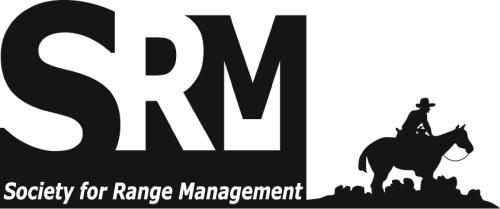Crested wheatgrass (Agropyron desertorum, Fisch Schult) and Russian wildrye (Elymus junceus, Fisch) plants were subjected to three levels of water stress (13, 2.6, and 1.8% soil moisture), in interaction with 4 defoliation levels (0, 40, 60, and 80% defoliation). Plants were clipped biweekly using the height-weight ratio method to determine the assigned defoliation level and leaf water potential $(\Psi _{1})$ was measured by pressure bomb. Following the final clipping at ground level a 40-day recovery period was allowed while maintaining plants at field capacity (13% soil moisture). Leaf water potential measurements showed significant differences between species, among three water stress levels, and within four defoliation levels. Water stress and defoliation levels significantly affected foliage yield, root biomass, and plant recovery. Heavy defoliation (80%) resulted in a 100% death loss for both species at wilting point (1.8% soil moisture). Light defoliated (40% at field capacity) produced more total dry matter than undefoliated plants maintained at field capacity or wilting point. Maximum root biomass was found in undefoliated plants of crested wheatgrass grown at field capacity. Significant differences in root production were also found among water stress and defoliation treatments. No plant recovery occurred among plants maintained at wilting point and defoliated at 80%. However, plants defoliated at 40 and 60% under 13 and 2.6% soil moisture exhibited considerable regrowth. In general crested wheatgrass out-yielded Russian wildrye in every treatment and was more resistant to defoliation and water stress. This material was digitized as part of a cooperative project between the Society for Range Management and the University of Arizona Libraries. The Journal of Range Management archives are made available by the Society for Range Management and the University of Arizona Libraries. Contact lbry-journals@email.arizona.edu for further information. Migrated from OJS platform August 2020

Scholarly peer-reviewed articles published by the Society for Range Management. Access articles on a rolling-window basis from vol. 1, 1948 up to 5 years from the current year. Formerly Journal of Range Management (JRM). More recent content is available by subscription from SRM.